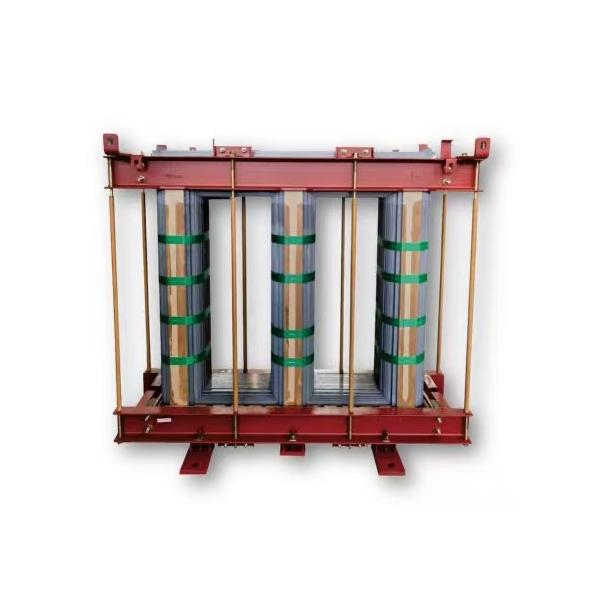The Ubiquitous Presence of Graphite: Exploring Its Daily Life Applications
Graphite, a versatile form of carbon with unique properties, plays a crucial role in various aspects of modern life. Its applications extend far beyond the well-known uses in pencils, influencing numerous facets of daily activities and technological advancements. This article delves into the multifaceted roles of graphite in everyday life, providing insights into its diverse applications and highlighting its importance in both mundane and high-tech contexts.
- Writing and Artistic Tools
Pencils:
- Composition: Graphite is a primary component in pencils, where it is blended with clay to produce different hardness levels.
- Function: This combination allows for smooth writing and precise drawing, making graphite pencils essential for both educational and artistic purposes.
Art Supplies:
- Composition: Graphite is also utilized in various art supplies, such as drawing sticks and powders.
- Function: Artists use these supplies to create detailed sketches and shading effects, benefiting from graphite’s blendability and smooth application.
- Batteries and Electronics
Batteries:
- Composition: In both dry cell and lithium-ion batteries, graphite is used in the anode to enhance electrical conductivity.
- Function: Graphite’s conductivity improves battery performance, contributing to longer battery life and efficient energy storage in devices like smartphones and laptops.
Electronics:
- Composition: Graphite is incorporated into electronic components such as conductive inks and films.
- Function: Its high electrical conductivity facilitates the creation of reliable electrical paths in various electronic devices, from touchscreens to circuit boards.
- Lubricants and Industrial Applications
Household Lubricants:
- Composition: Graphite is a key ingredient in lubricants used for maintaining locks, hinges, and other moving parts.
- Function: Its dry lubrication properties prevent the accumulation of grime and ensure smooth operation, making it ideal for low-maintenance applications.
Industrial Lubricants:
- Composition: In more demanding environments, graphite is used in specialty lubricants that operate under extreme temperatures or pressures.
- Function: Graphite’s ability to withstand harsh conditions without breaking down makes it indispensable in various industrial settings.
- Construction and Building Materials
Concrete Additives:
- Composition: Graphite is added to concrete to enhance certain properties.
- Function: It improves the thermal and electrical conductivity of concrete, which can be advantageous for specific construction applications, such as in energy-efficient buildings.
Insulation Materials:
- Composition: Some insulation materials incorporate graphite to enhance their performance.
- Function: Graphite helps in regulating temperatures by improving the efficiency of insulation in buildings and other structures.
- Health and Personal Care
Toothpaste:
- Composition: In some toothpaste formulations, graphite is used for its abrasive qualities.
- Function: It assists in polishing and cleaning teeth, contributing to overall oral hygiene.
Cosmetic Products:
- Composition: Graphite is used in certain cosmetic products for its unique texture and finish.
- Function: It provides specific aesthetic effects and benefits, enhancing the application and appearance of these products.
- Energy and Technology
Fuel Cells:
- Composition: Graphite is utilized in some fuel cell technologies.
- Function: It acts as a conductor and catalyst in fuel cells, which are used in advanced energy systems and alternative energy sources.
Thermal Management:
- Composition: In thermal management systems, graphite is used to conduct heat away from sensitive components.
- Function: Its thermal conductivity helps in maintaining optimal operating temperatures for electronic devices and machinery.
- Scientific and Research Applications
Laboratory Equipment:
- Composition: Graphite is used in various laboratory instruments, including crucibles and electrodes.
- Function: It withstands high temperatures and chemical reactions, making it suitable for scientific experiments and processes.
Advanced Research:
- Composition: Researchers use graphite in studies related to nanotechnology and materials science.
- Function: Its unique properties, such as its ability to form graphene, are explored for potential applications in advanced technologies and innovations. Conclusion
Graphite, with its remarkable properties, significantly impacts many areas of daily life and technology. From writing instruments and batteries to construction materials and personal care products, its diverse applications demonstrate its versatility and importance. Understanding where graphite is used in everyday life highlights its role in both enhancing convenience and driving technological advancements.

